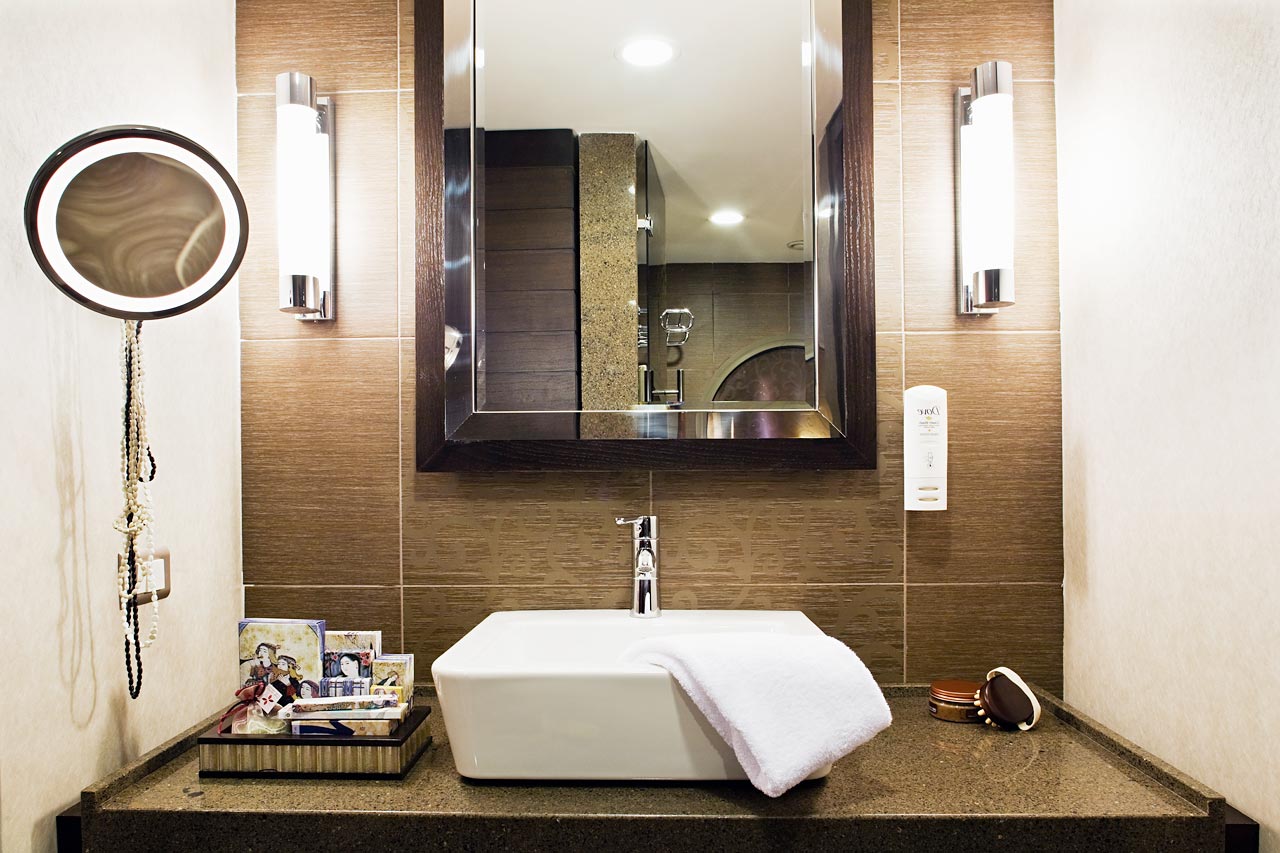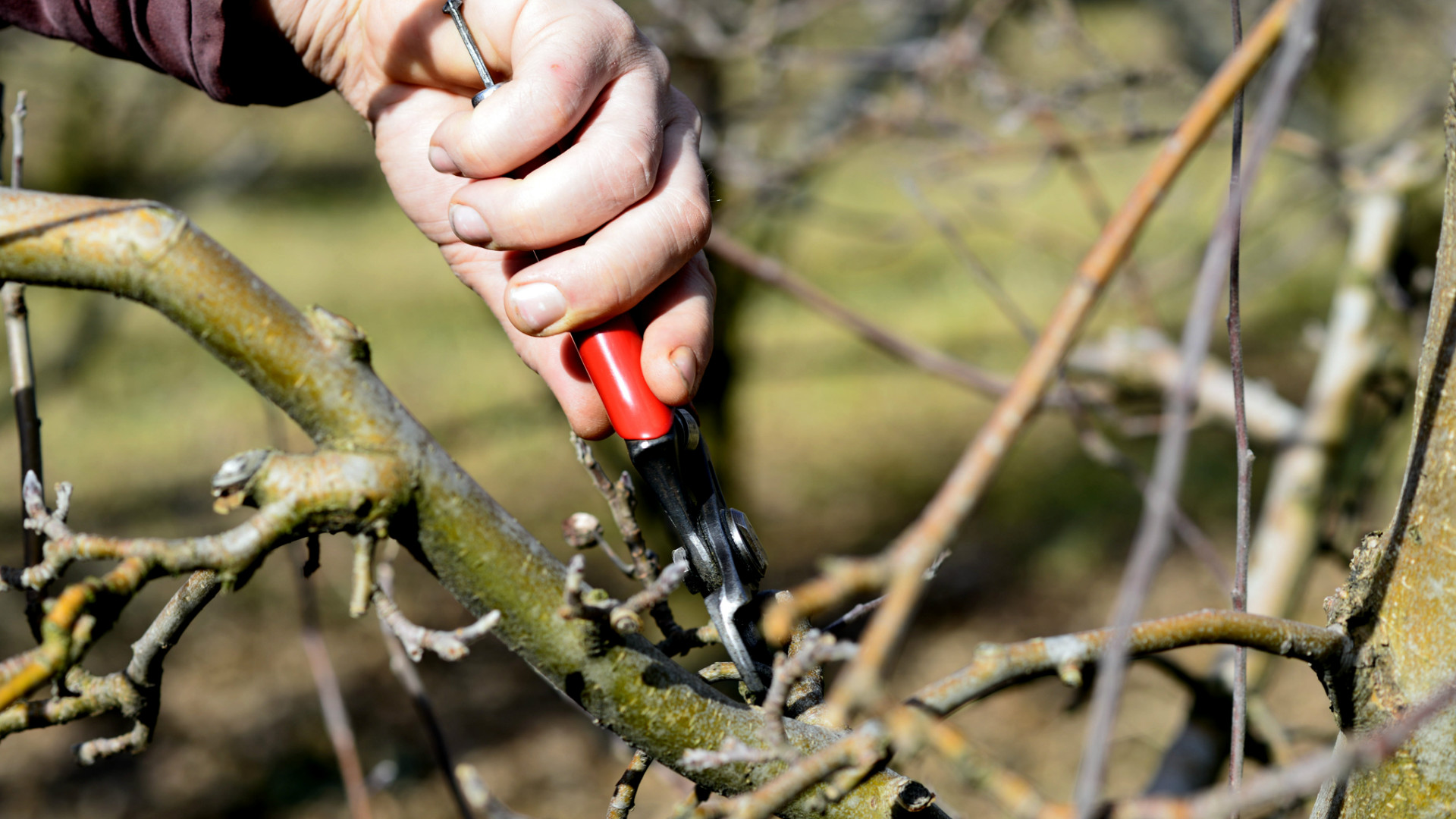Condensation can prove to be a huge annoyance for homeowners. Its adverse impact is not limited to just taking away the beauty of their properties but along with that it can also cause health concerns. That is why it becomes crucial to take remedial steps as soon as you notice first signs of condensation around your property. Helpful information mentioned below will make you aware about the causes and signs of condensation, besides serving as a guide to understand common condensation treatment options.
Produced when hot air comes into the contact of cold surface, condensation can be caused by simple everyday activities, such as bathing, washing and cooking. Moisture is released during these activities and trapped in hot air. As soon as this hot air touches any cold surface, like a wall or window, water droplets begin to form. Thus presence of water vapours on surfaces, like mirrors, is called condensation. If the problem of condensation is persistent and is not treated on time, then it can lead to the growth of mould, which can pose a serious threat to the well being of dwellers by degrading the quality of indoor environment.
Once the signs of condensation have been noticed around your property, it is suggested to take remedial action without any delay, as more time you take to act, tougher it will become to get rid of condensation. Here are some easy ways to reduce and gradually stop condensation from affecting the appearance and strength of your home.
- Control moisture: Condensation can be controlled to a large extent by bringing a few lifestyle changes, such as avoiding activities which can lead to the generation of moisture. Keeping the aim of controlling moisture in mind, you can begin by drying washed clothes outside. Even if washing needs to be dried indoors, then it should be done in a separate area, while keeping the windows open and door shut. Also, when cooking in the kitchen, the utensils to be kept on the stove, especially boiling kettles, should be properly covered.
- Ensure proper ventilation: The next step is removing moisture from indoors by ensuring proper ventilation. Make sure that at least one window is open when using a room. Kitchens and bathrooms are the areas requiring maximum amount of proper ventilation, preferably using an extractor fan, due to the extensive use of water and heat in both these locations.
- Adequate insulation: Your home should have adequate insulation, along with proper heating and draught proofing, as it will lower chances of condensation to a large extent. Similarly, there should be constant heating in your house on low level. It not only reduces the risk of forming condensation, but proves to be highly economical as well, by helping you make huge savings in the long run.
By keeping the above mentioned information in mind and adopting the helpful condensation treatment methods, you can keep your home safe and healthy. In case more details are required regarding this problem, its causes and remedies, then professional help can be taken.





